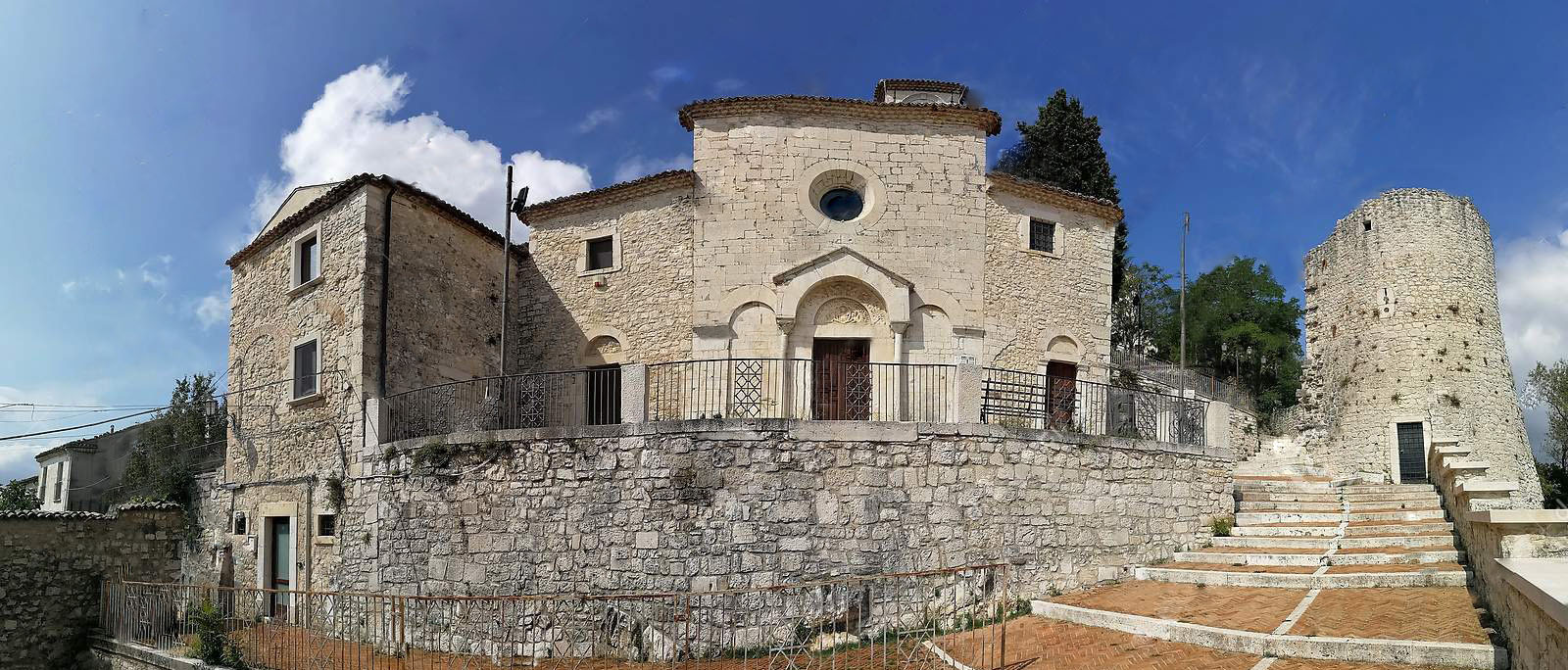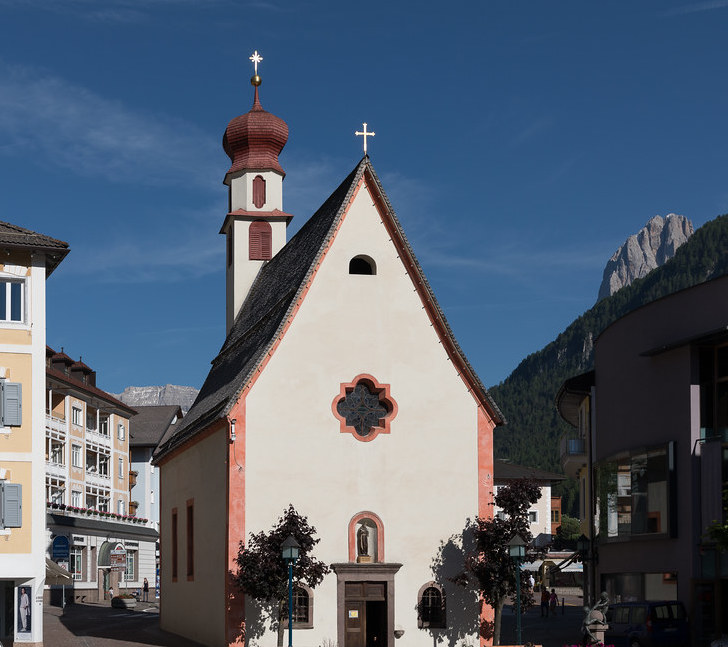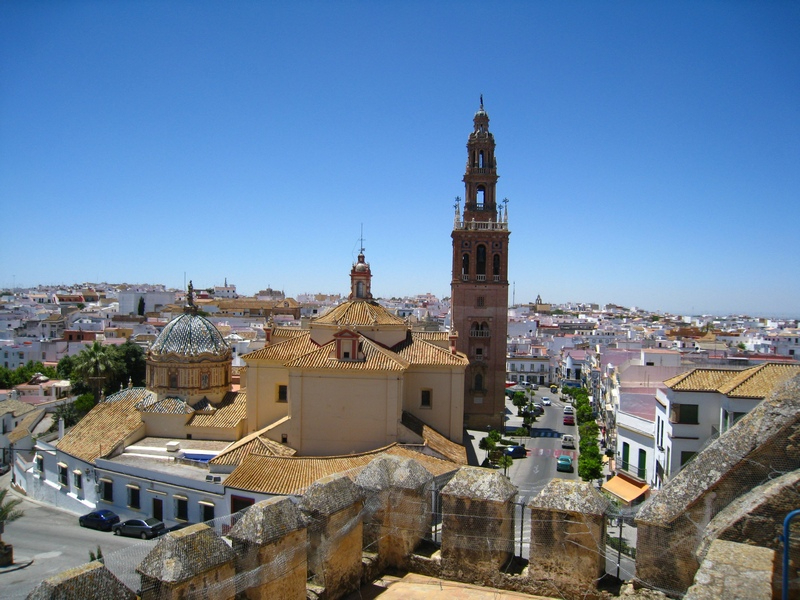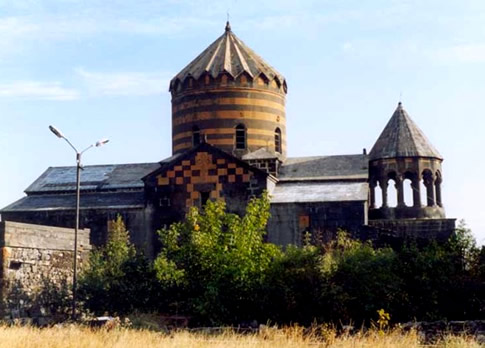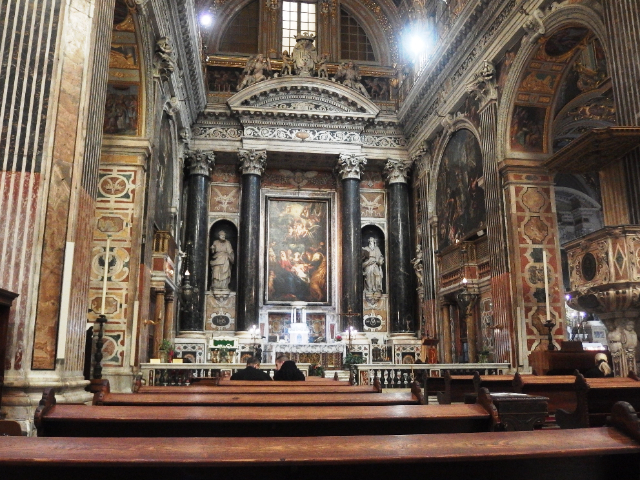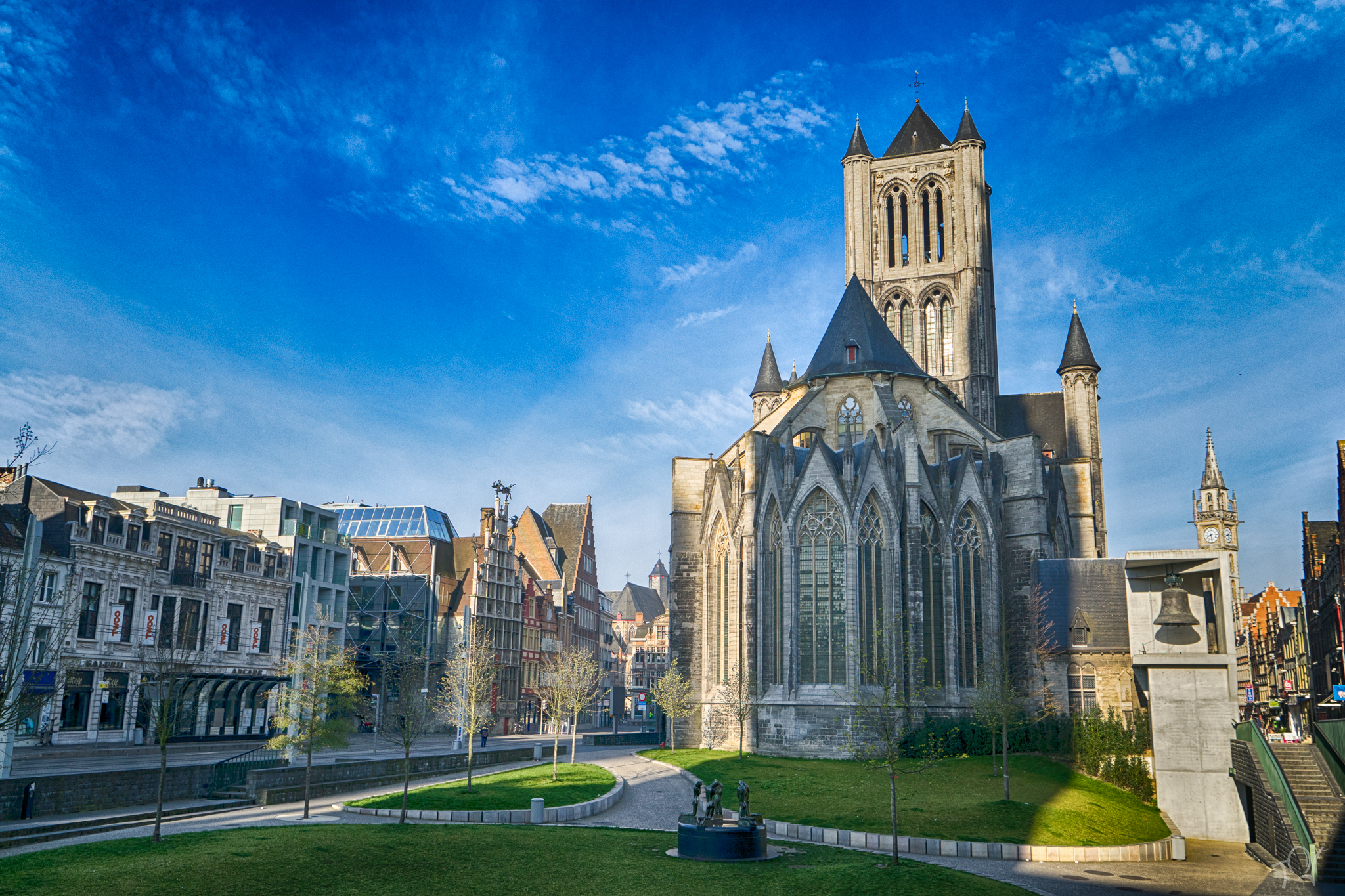The church of St. Bartholomew is situated on the upper part of the slopes of the Monforte hill immediately behind the stepped road that climbs towards the castle and the remains, here quite substantial, of the circle of turreted walls. (cf. Reva). The church, which uses limestone, abundant along the entire Apennine ridge, is elegant in its architectural forms and for the sober simplicity of its furnishings according to the canons of Romanesque art. (cfr. Campobasso History Trad. Itineraries). Mentioned in fourteenth-century documents, it was probably built around the middle of the thirteenth century. (cf. Reva) On the outside, the façade, made of large squared ashlars, (cf. Campobasso), has as a particularly significant element the portal (cf. Reva) decorated with a prothyrum with columns between two blind arches and which presents a lunette divided into two parts:
– The first part of the lunette depicts Christ Blessing supported by 2 angels.
– The second part includes a wide band divided into 8 trapezoidal spaces with the symbols of the four evangelists in the middle and eight figures on the sides, the doctors of the church of the East and West facing each other two by two and on whose heads a hand extends to symbolize the Almighty.
The interior, with a nave and two aisles with round arches, has pillars without a base with geometric capitals. The side naves are accessed through two secondary portals. The bell-tower, on the left side of the church, destroyed by the earthquake of 1805, restructured in 1874-75, in the belfry has large windows in Renaissance style. Inside there is a stoup, dated 1595, which has floral motifs similar to those of S. Maria della Strada in Matrice.
